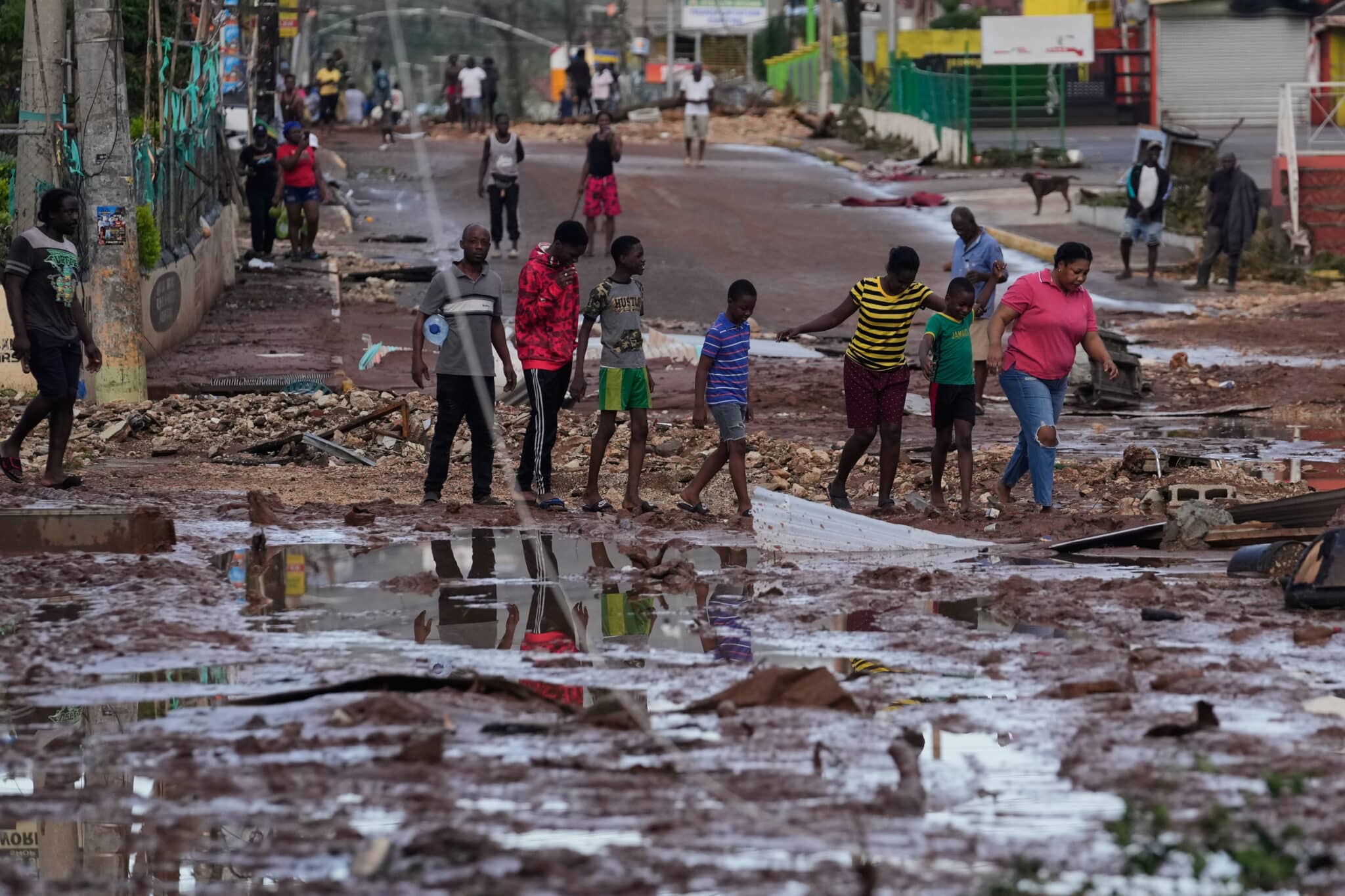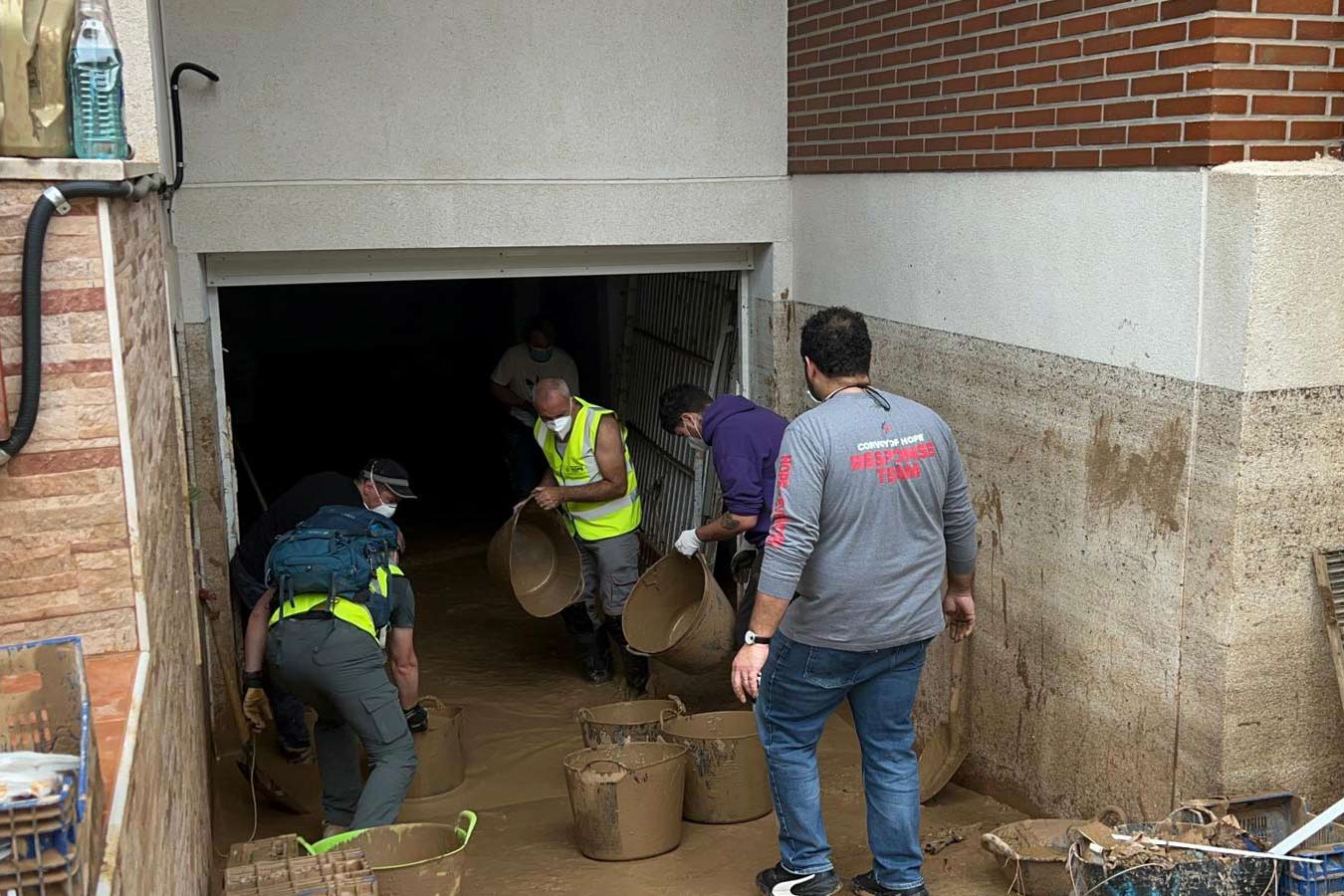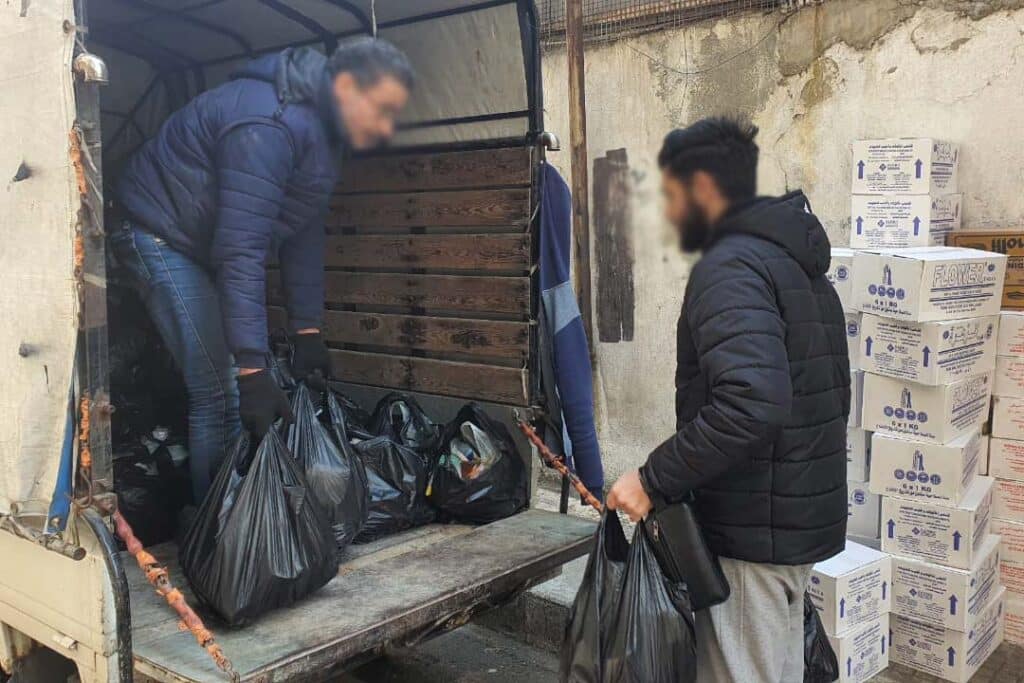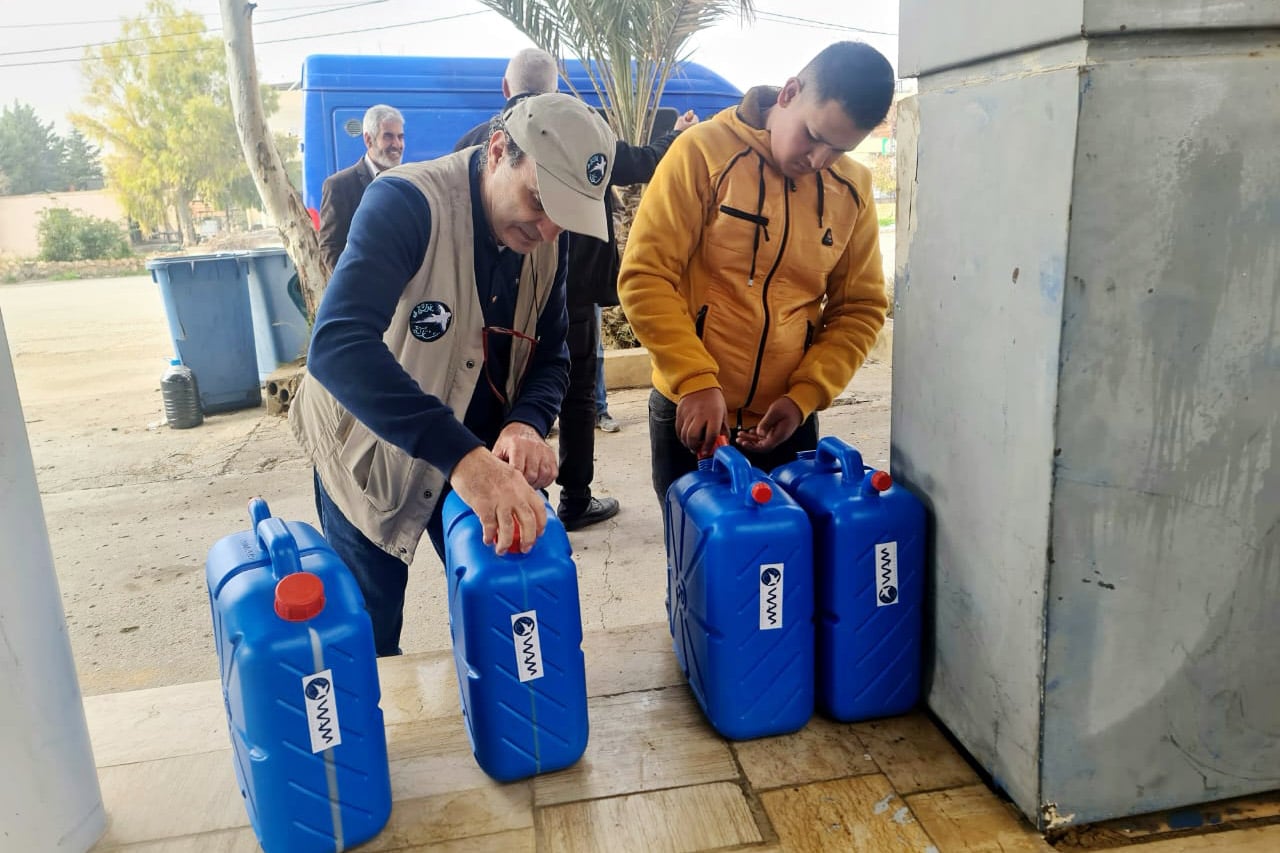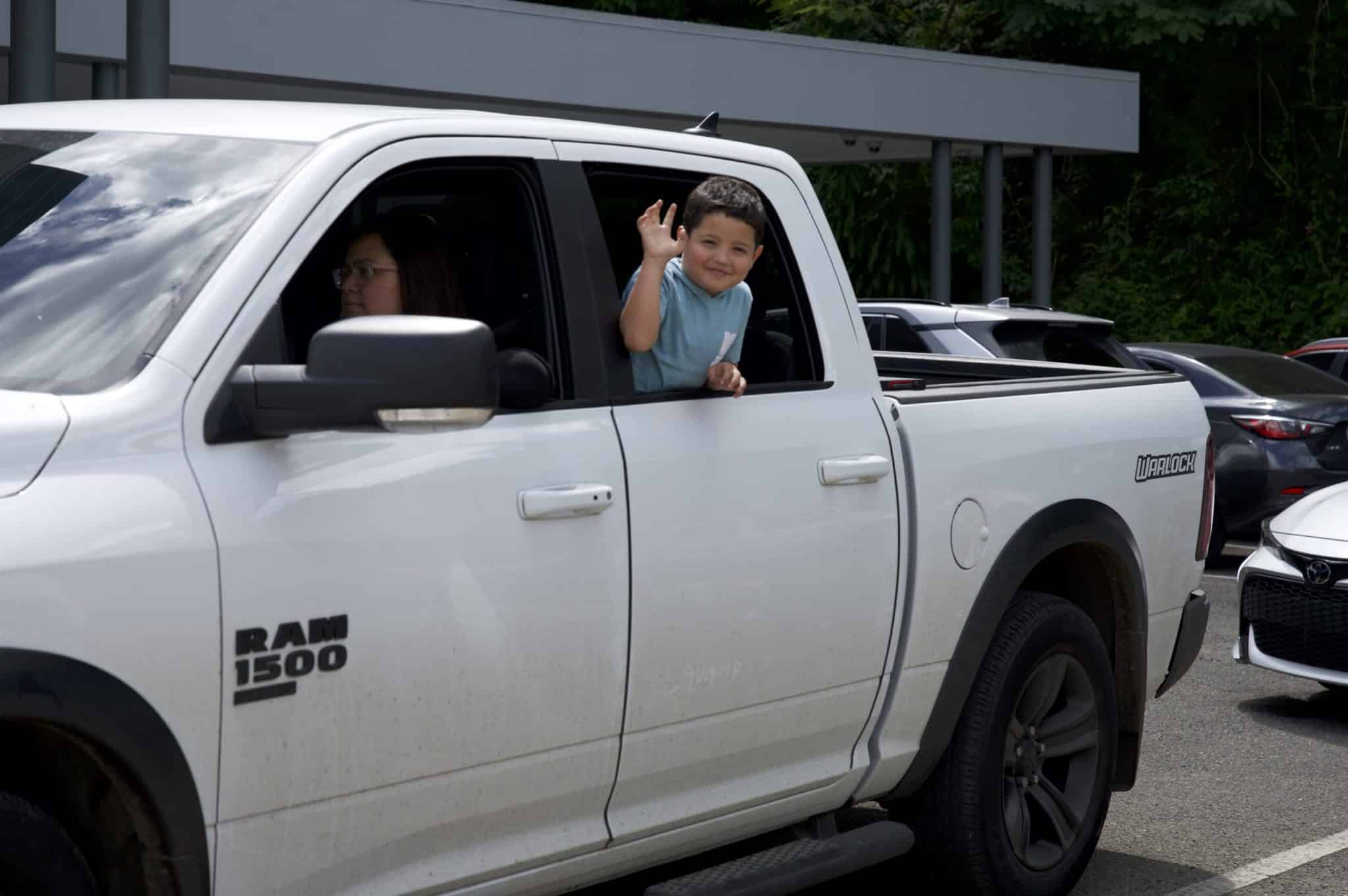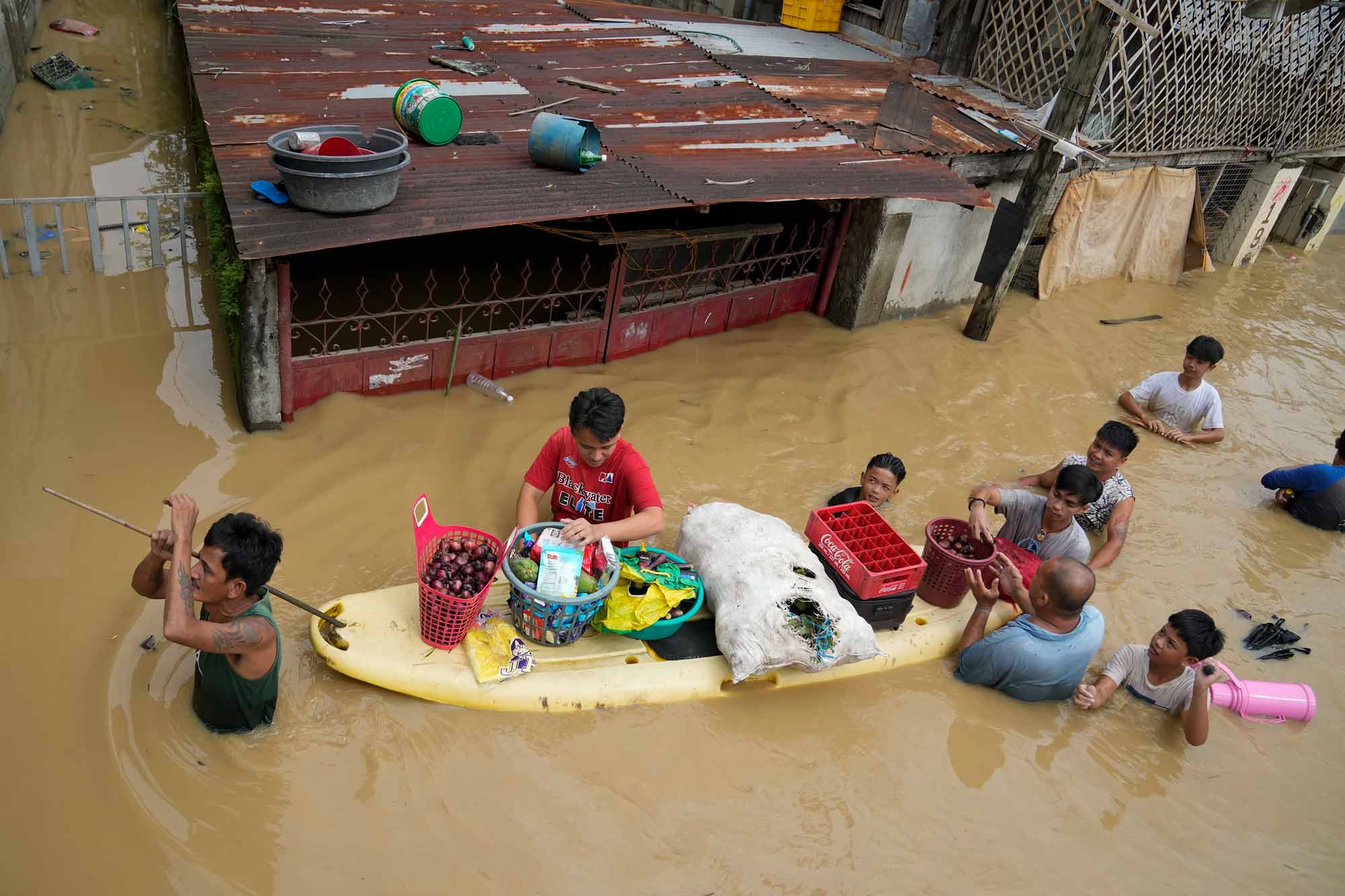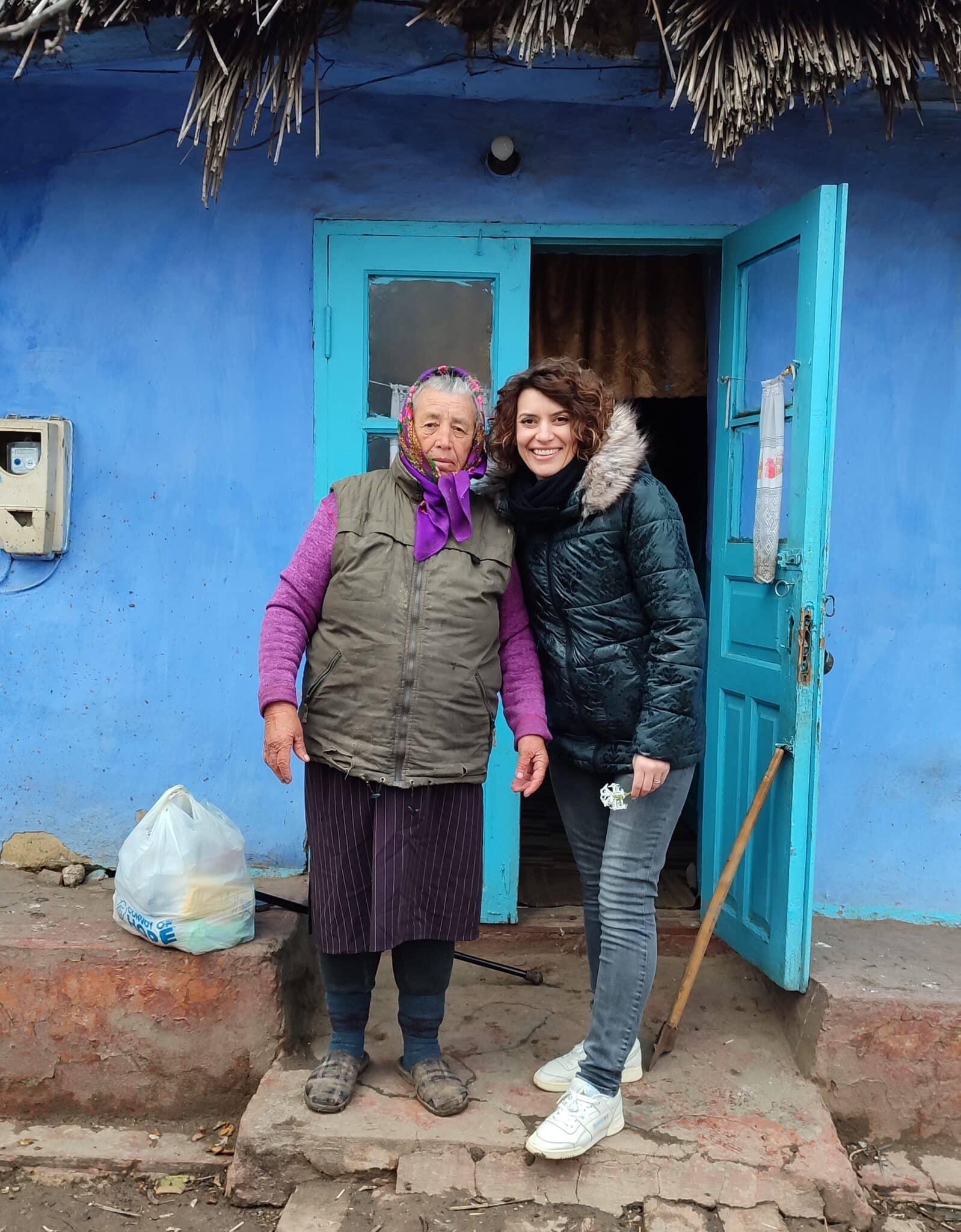By Kirk Noonan
It’s nearly 5 p.m. on Monday when we arrive at Toussaint Louverture International Airport in Port-au-Prince. The terminal looks shiny and new since undergoing extensive renovations following the 7.0-magnitude earthquake in 2010. I’m in Haiti, which is regarded as the poorest nation in the Western Hemisphere, to report on Convoy of Hope’s Children’s Feeding initiative. The story picks up the following morning in a remote mountain village where an entire population has experienced the transformative effect of Children’s Feeding.
The trail leading out of Pin de Sucre is treacherous thanks to an unforgiving cliff on one side, countless ankle-breaking rocks underfoot, and an ascent that is brutally steep. None of this slows Maria, the 60-something-year-old woman I’m following. In fact, she bounds up the trail in her full-length, faded dress and rubber sandals.
“When MacKenzon’s mother died I became his mother,” she says over her shoulder as she leads our team up the mountain. “His mother was my daughter-in-law.”

Three years earlier, I met MacKenzon when I first visited Pin de Sucre. Back then, we had just over 34,000 children enrolled in our Children’s Feeding initiative throughout the world and had recently expanded the initiative to MacKenzon’s village. Today, more than 55,000 children are enrolled in Haiti alone.
In the years since, the initiative has had a transforming effect on children, families and entire communities in Haiti and around the world. Today, more than 125,000 children are enrolled worldwide. According to Kevin Rose, Senior Director of Children’s Feeding, the key to the wide-scale impact has been an insistence on providing more than just food.
“Our philosophy is if we don’t focus on what happens after the meal children receive, we miss opportunities the meal presents,” says Kevin. “Our feeding initiative keeps children in school and healthy enough to retain what they are being taught. In addition to assisting in education, the initiative gives us credibility in communities that creates opportunities to bring other resources, such as our agriculture and women’s empowerment programs, to those in need.”

